

|
Malik Supply appoints HR consultant to support organisational development
Danish marine fuel trader hires Amalie Møller Simonsen with HR experience at Gjensidige and Netcompany. |
|
|
|
||

|
Dan-Bunkering relocates new fuels lead to Copenhagen to support European decarbonisation push
James Shiller moves from Cape Town to Denmark as EU regulations drive alternative fuel adoption. |
|
|
|
||
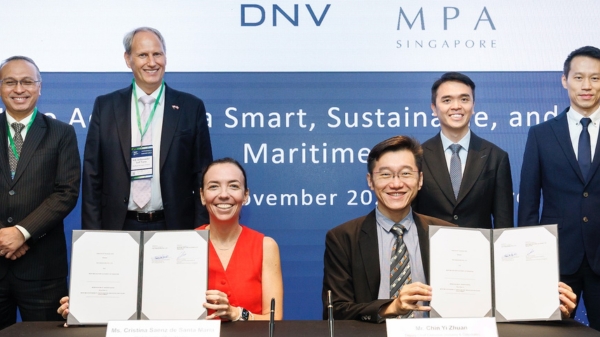
|
MPA Singapore and DNV renew partnership to advance maritime decarbonisation and digitalisation
Third MoU renewal focuses on zero-emission fuels, smart-ship systems, and talent development initiatives. |
|
|
|
||
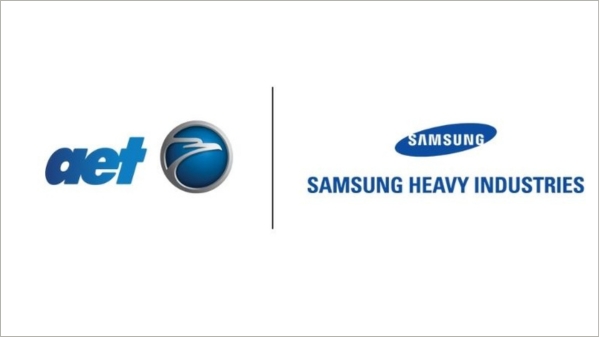
|
AET orders two LNG dual-fuel Suezmax tankers from Samsung Heavy Industries
Singapore-based tanker operator to expand dual-fuel fleet with vessels featuring advanced efficiency and emissions reduction technologies. |
|
|
|
||
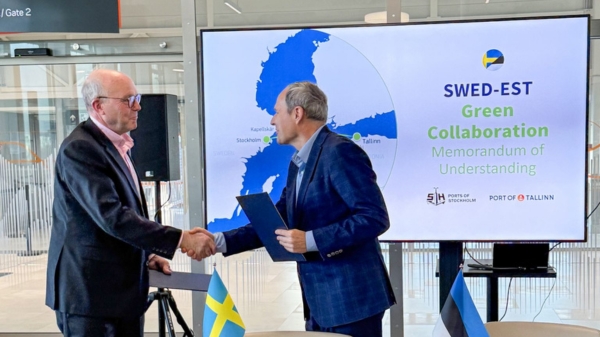
|
Port of Tallinn and Ports of Stockholm launch green collaboration for fossil fuel-free shipping
Estonian and Swedish ports sign MoU to promote sustainable maritime transport on Baltic Sea routes. |
|
|
|
||

|
NextDF engines achieve 0.9% methane slip for Ibaizabal's LNG bunkering vessel
Factory tests show methane emissions far below FuelEU Maritime threshold on newbuild. |
|
|
|
||

|
Sea-LNG welcomes EU transport plan's recognition of methane decarbonisation pathway
Industry coalition says STIP validates investments in LNG, bio-methane, and e-methane for shipping. |
|
|
|
||

|
TasPorts and H2U Group sign MoU to explore green ammonia production at Bell Bay
Feasibility study to assess 500,000 tonne per year green ammonia facility in northern Tasmania. |
|
|
|
||
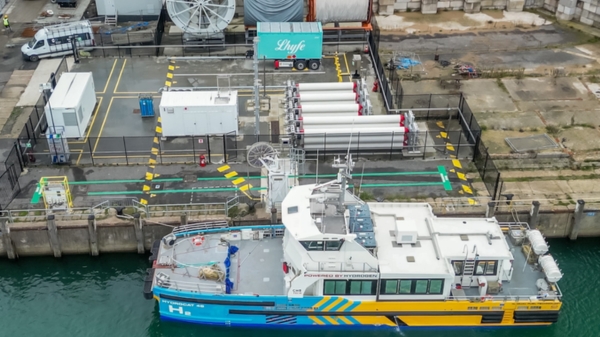
|
JERA Nex bp commissions hydrogen refuelling station at Port of Ostend
Facility will initially serve Windcat's Hydrocat 48 as part of EU-funded demonstration project. |
|
|
|
||
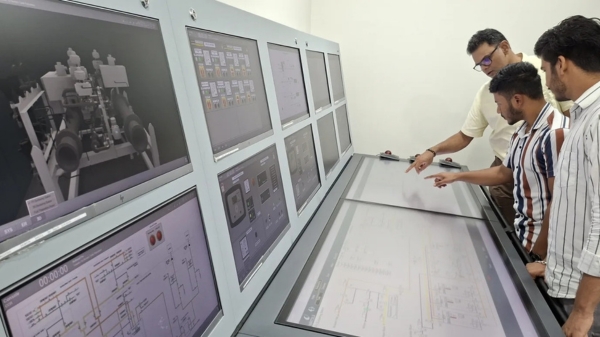
|
Anglo-Eastern launches methanol bunkering simulator with Wärtsilä for seafarer training
Ship manager introduces simulator and courses to train crew in safe handling of methanol fuel. |
|
|
|
||
| Researchers claim 'big step forward' in efficient production of non-food biofuel [News & Insights] |
| New report ranks biofuel as best zero-emission solution [News & Insights] |
| Study warns against 'one-sided focus on LNG' as biofuel tops CO2 reduction chart [News & Insights] |